Scientist of the Day - Juan Caramuel y Lobkowitz
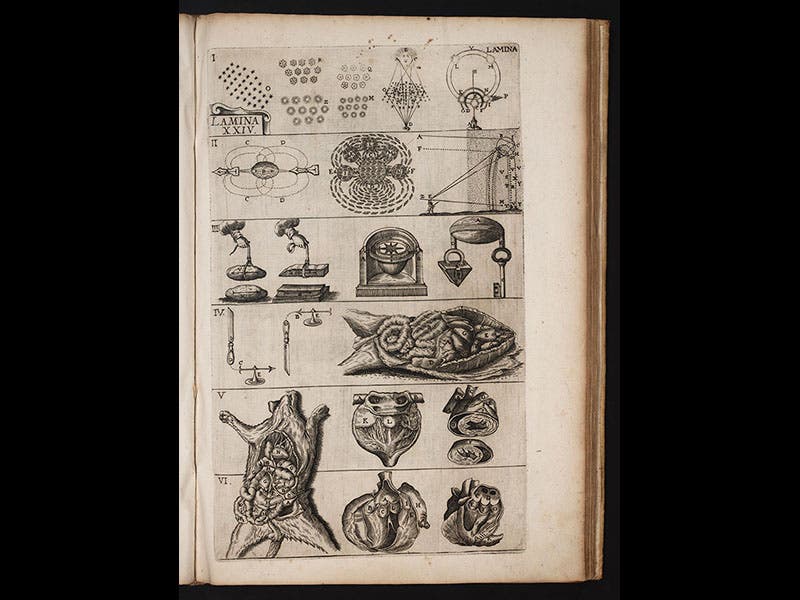
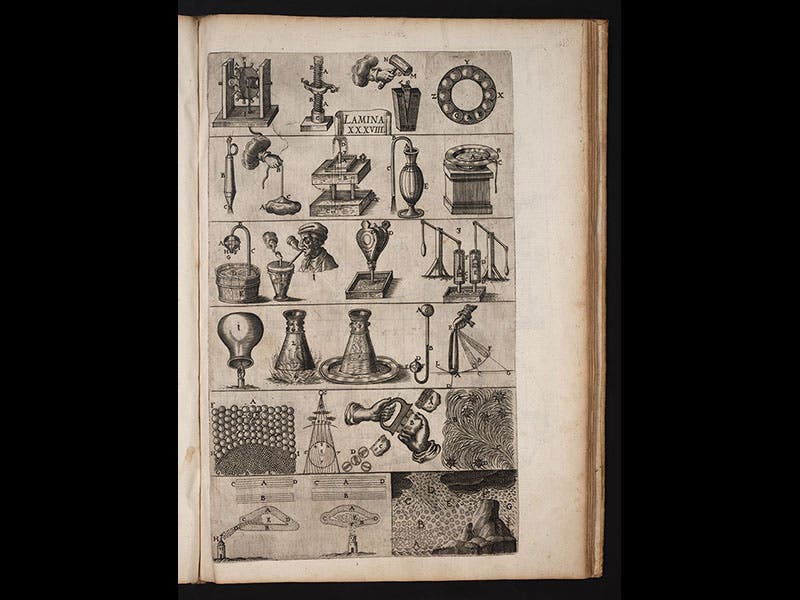
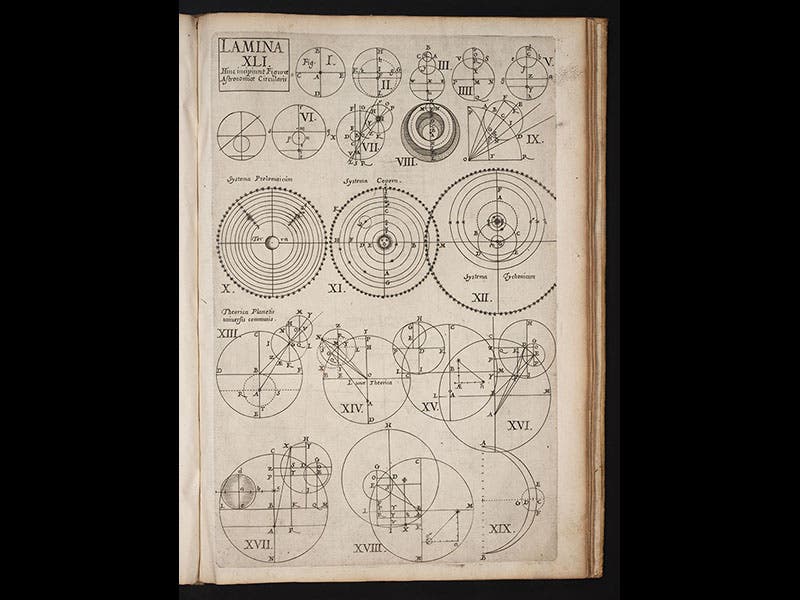
Juan Caramuel y Lobkowitz, a Spanish-born cleric, was born May 23, 1606. A member of the Cistercian order, Lobkowitz spent his life in a variety of political and ecclesiastical roles, assisting Emperor Ferdinand III in the defense of Prague during the Thirty-Years war, and serving as bishop of Campagna and then Vigevano in Italy in his later years. Lobkowitz gets notice here because he was one of a small number of 17th-century intellectuals, a group that would also include the Jesuits Athanasius Kircher and Gaspar Schott, who took all knowledge as their province, and wrote books--scores of books--on all manner of subjects, including theology, ethics, grammar, music, astronomy, geology, optics, and natural magic. These eclectics were generally not original thinkers, but they knew everything, and they were widely respected in their day as lions of scholarship. Kircher is the most famous of these, and Schott is perhaps a distant second-runner, but Caramuel deserves inclusion, and probably should be placed ahead of Schott, since in certain fields, such as music theory, he really did have original ideas. "A phoenix of erudition", one of his contemporaries called him.
Caramuel’s Mathesis Biceps (“Two-Headed Mathematics”) was published in 1670, and, with its two fat text volumes and a third volume of plates, it is one of the most complete encyclopedias of the mathematical sciences published in the 17th century. We have a fine set in our History of Science Collection. A selection of plates (see images above) shows us that mathematics was very broadly construed by Caramuel, since in addition to geometrical diagrams and pictures of mathematical instruments, there are musical scales, dissected cats, fortification plans, magnetic fields, and cosmological diagrams.
One of the plates depicts the geocentric Tychonic cosmological system (fourth image), which Caramuel, like the Jesuits, apparently favored. We can tell this because on another plate, where the Copernican and Ptolemaic cosmologies are also shown, the Tychonic on the right is made slightly larger (fifth image). On the emblematic title page (first image), the two heads of the mathematical muse at top represent Theory and Practice, and she was inspired by the emblem of the Habsburg emperor, a two-headed eagle.
Dr. William B. Ashworth, Jr., Consultant for the History of Science, Linda Hall Library and Associate Professor, Department of History, University of Missouri-Kansas City. Comments or corrections are welcome; please direct to ashworthw@umkc.edu.

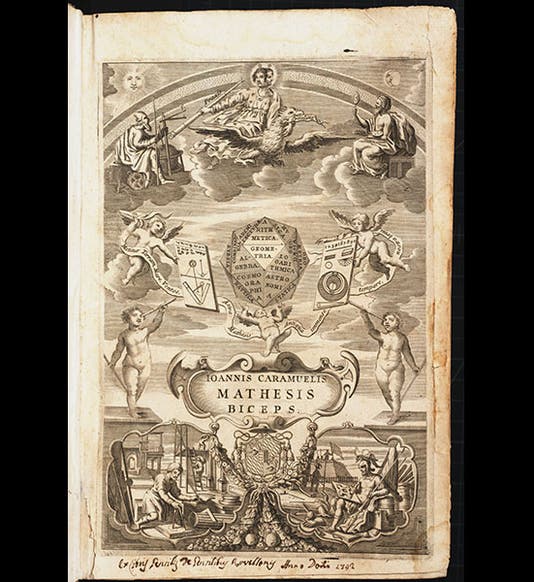
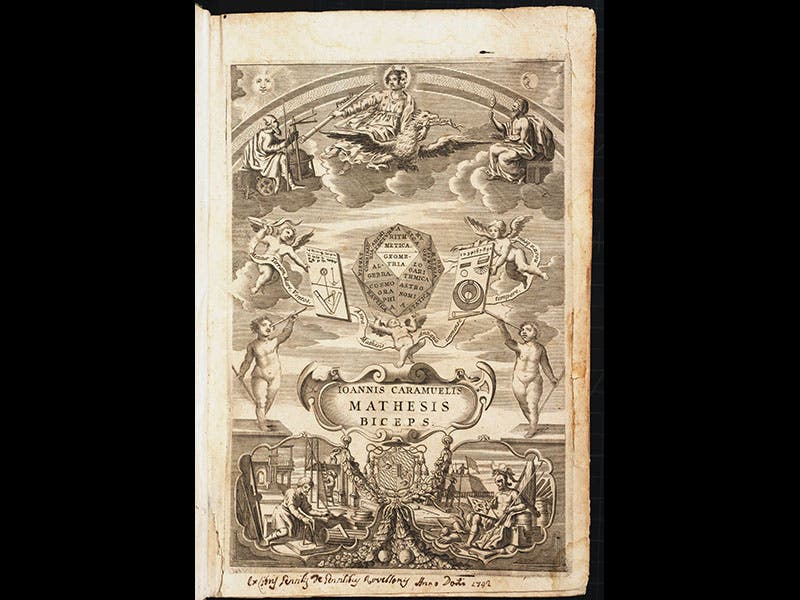

![“Aurora Borealis,” hand-colored wood engraving by Josiah Wood Whymper, [Natural Phenomena], plate 2, 1846 (Linda Hall Library)](https://assets-us-01.kc-usercontent.com:443/9dd25524-761a-000d-d79f-86a5086d4774/0245ffcb-b70c-477c-8792-0a73ebd54eb2/Whymper%2011.jpg?w=210&h=210&auto=format&fit=crop)



